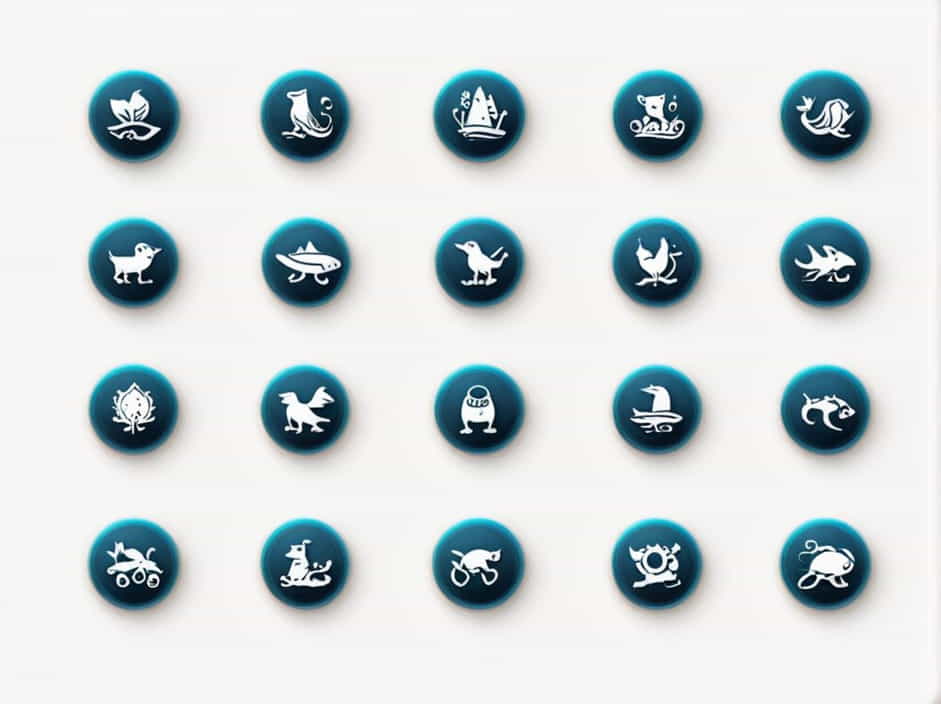The Kwakiutl people, indigenous to the Pacific Northwest, are known for their rich traditions, elaborate ceremonies, and remarkable artistry. They belong to the larger Kwakwaka’wakw group and have inhabited the coastal regions of British Columbia for thousands of years. Their culture, shaped by the abundance of natural resources, remains a fascinating example of indigenous resilience and creativity.
Origins and History of the Kwakiutl
The Kwakiutl have lived along the coastal areas of British Columbia, Canada, for centuries. They are part of the Kwakwaka’wakw-speaking people, a group of First Nations communities that share linguistic and cultural similarities. Their society thrived due to the region’s rich marine life, forests, and rivers, which provided food, materials for shelter, and resources for their craftsmanship.
Social Structure and Organization
The Kwakiutl had a hierarchical society divided into chiefs, nobles, commoners, and slaves. Each social class had specific roles and responsibilities, with leadership passed down through hereditary lines. The clan system played a crucial role in determining status, wealth, and inheritance.
Marriage alliances were often strategic, strengthening ties between families and reinforcing social hierarchies. Wealth was measured in possessions such as canoes, blankets, and copper shields, which were displayed and distributed during ceremonial events.
Potlatch: The Grand Ceremony of Wealth and Status
One of the most notable traditions of the Kwakiutl is the potlatch, a grand ceremonial gathering where wealth and prestige were displayed. This event involved feasting, gift-giving, storytelling, and performances. The more a chief or noble gave away, the higher their status within the community.
Potlatches were held to mark significant events such as marriages, births, and the passing of leadership. The Canadian government banned potlatches in the late 19th century, fearing they disrupted assimilation efforts, but the tradition survived and was officially legalized again in 1951.
Kwakiutl Art and Totem Poles
The Kwakiutl are masterful artists, known for their intricate carvings, masks, and totem poles. Their artwork often depicts animals, spirits, and ancestral figures, reflecting their deep spiritual beliefs.
1. Totem Poles
Totem poles serve as visual stories, representing family lineage, myths, and historical events. These towering wooden structures are carved with figures such as eagles, bears, and ravens, each symbolizing different attributes.
2. Masks and Ceremonial Art
During potlatches and other ceremonies, the Kwakiutl wear elaborate wooden masks. Some masks have moving parts, allowing the wearer to transform into different spirits or animals during dances and storytelling.
Spiritual Beliefs and Mythology
The Kwakiutl have a spiritual worldview deeply connected to nature. They believe in guardian spirits that guide individuals and influence their success in hunting, fishing, and other activities.
Their mythology includes stories of supernatural beings, such as:
- Raven – A trickster figure who brings light to the world.
- Thunderbird – A powerful spirit that controls storms and the ocean.
- Dzunukwa – A giant woman believed to capture misbehaving children.
These legends are passed down through generations, preserving their cultural heritage.
Fishing, Hunting, and Traditional Economy
The Kwakiutl’s livelihood depended on the abundance of natural resources in their environment.
1. Fishing and Whaling
Salmon was a dietary staple, caught using fish weirs, traps, and spears. The Kwakiutl also hunted whales, a dangerous but prestigious activity that required great skill.
2. Canoe Building
Kwakiutl canoes, crafted from cedar trees, were essential for transportation, trade, and hunting. These beautifully carved vessels could withstand the rough waters of the Pacific Ocean.
3. Trade and Bartering
Trade was a key aspect of Kwakiutl society. They exchanged goods such as fish, furs, and carvings with neighboring tribes, strengthening alliances and expanding their influence.
Colonial Impact and Cultural Resilience
Like many indigenous groups, the Kwakiutl faced significant challenges due to European colonization. The arrival of traders, missionaries, and settlers led to changes in their way of life. Diseases, land dispossession, and government policies, including residential schools, disrupted their traditional practices.
However, the Kwakiutl have shown remarkable resilience. Today, efforts to preserve their language, customs, and art continue, ensuring that future generations can connect with their rich heritage.
Modern-Day Kwakiutl: Preserving Culture and Identity
The Kwakiutl people remain active in cultural preservation, education, and governance. They participate in:
- Cultural Revitalization – Programs that teach traditional crafts, language, and ceremonies.
- Tourism and Art – Sharing their rich heritage through museums, exhibitions, and performances.
- Environmental Stewardship – Protecting their ancestral lands and marine resources.
The Kwakiutl of the Pacific Northwest are known for their intricate social structure, stunning artwork, and deep spiritual beliefs. Despite historical challenges, they have maintained their cultural identity and continue to celebrate their traditions. Their story is one of resilience, creativity, and a profound connection to the natural world.
